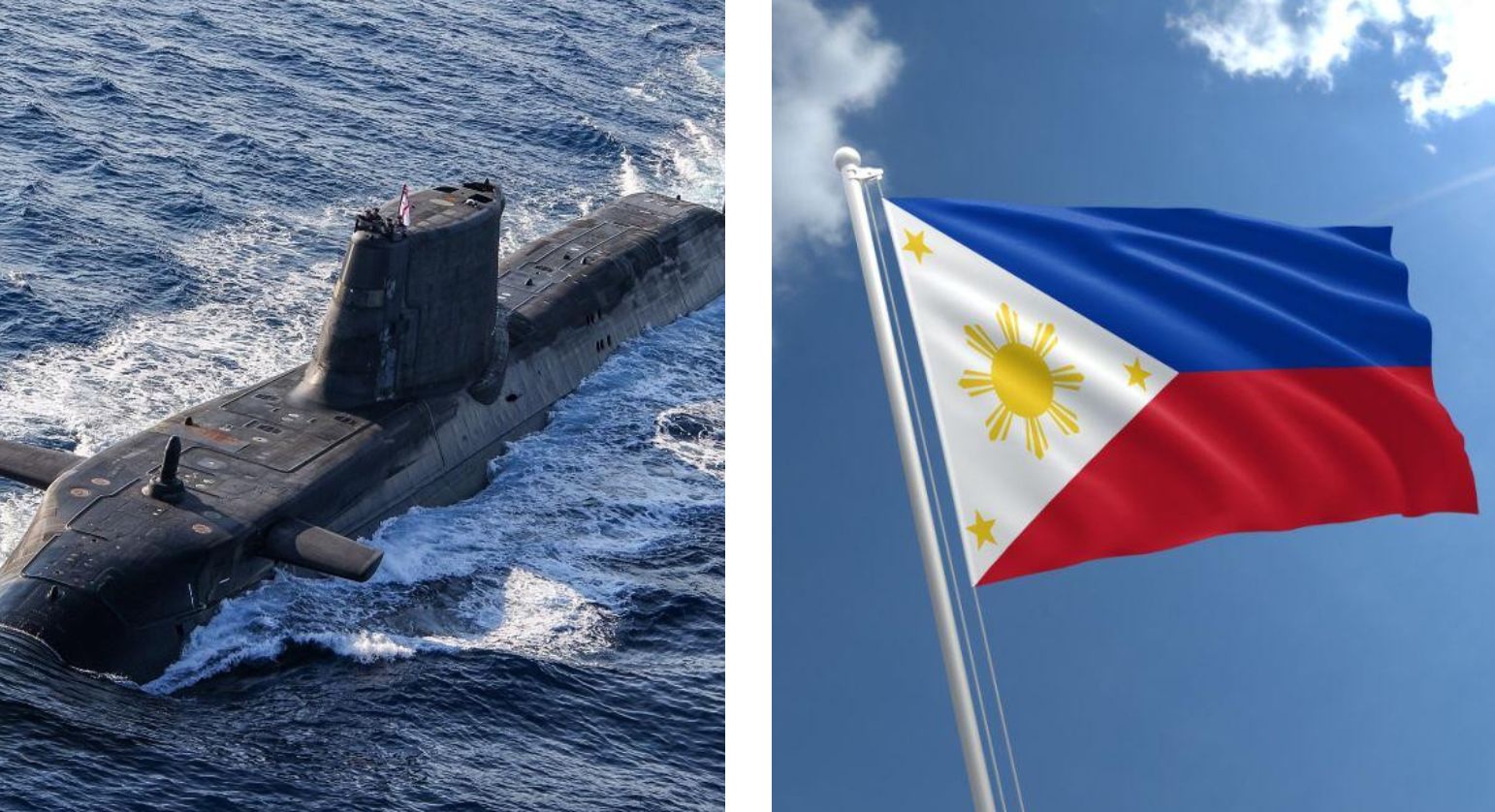By James Mario Ajero
Rearmament is the Philippines’ long-term strategic solution to its decade-long territorial spat with its more powerful neighbour China.
Though a known traditional ally of the United States, Manila has sought to develop its military capabilities amid Beijing’s belligerent posturing in the South China Sea.
‘Dream’ submarines
General Romeo Brawner Jr, chief of the Armed Forces of the Philippines, has announced a plan to acquire submarines as part of efforts to expand the country’s naval capabilities.
“It’s a dream for us to get at least two submarines,” Brawner said at a conference with local business leaders this week.
With the country having a coastline that spans 36,289 kilometres (22,549 miles), Brawner said the submarines would be a crucial asset in protecting the Philippine archipelago.
Along with additional BrahMos missiles, the submarines are targeted to be acquired under Re-Horizon 3 of the AFP Modernization program.
Re-Horizon 3 is the culmination of the Philippine government’s efforts since 2013 to modernize its military. The government is expected to spend PHP2 trillion (USD35 billion) to finance the program.
Aside from submarines, Brawner also mentioned that the Philippine military will expand its arsenal of mid-range BrahMos missiles that it acquired from India in 2022.
READ MORE: ASEAN 2025: From declarations to delivery

China’s sabre-rattling tactics
Dubbed the “Monster”, China’s 165-metre-long vessel led a month-long incursion near Zambales from January 6. The Philippine Coast Guard responded by sending its largest vessel, BRP Teresa Magbanua, to hound the bigger Chinese ship.
Earlier in October last year, tensions reached a new height after the Chinese Coast Guard repeatedly blocked Filipino supply boats bound for an outpost on the Second Thomas Shoal, the BBC reported.
The outpost, BRP Sierra Madre, was intentionally grounded by the Philippines in the late 1990s to keep its presence in the disputed islands.
Meanwhile, a submersible drone believed to be from China was spotted off the coast of Masbate, Philippines in January this year, according to the Philippine National Police Maritime Group (PNP-MG).
Philippine Navy spokesperson Roy Vincent Trinidad said the drone was undoubtedly Chinese-made, bearing the mark “HY-119,” according to a report by Inquirer.
Budgetary constraints
For Ray Powell, a retired US Air Force colonel, acquiring submarines would provide a substantial leap in capability, but operating them comes at a greater financial cost.
“They require mastery of new skills from their crews and maintenance facilities, and introduce very different command, control and communications problems for the fleet. It’s a very big step forward,” Powell told the South China Morning Post.
READ NEXT: Prakiti Lamsal’s death sparks outrage over Nepali student safety
